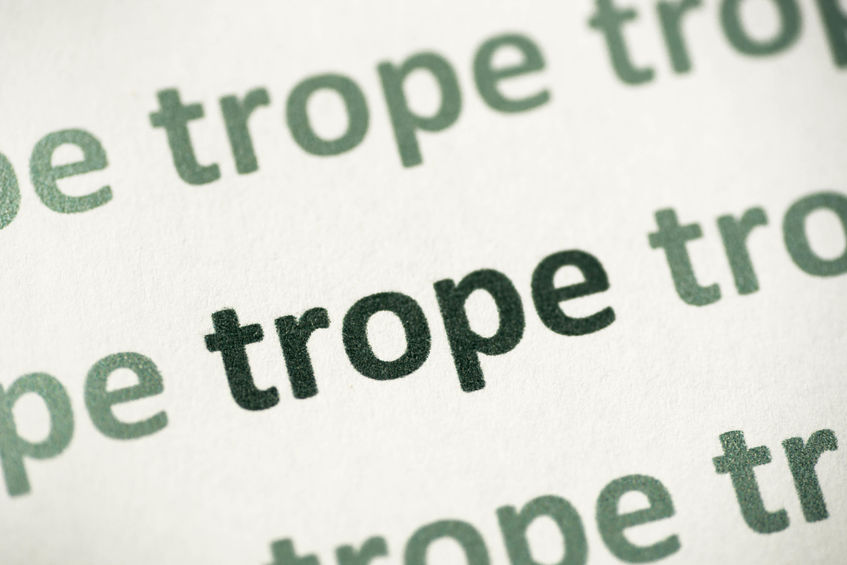Definition: situational irony in a movie is when someone does something opposite of what we expected them to do in a specific situation.
Key Takeaways
- Understanding film genres, archetypes, and tropes is fundamental to crafting stories that effectively employ situational irony.
- Situational irony can subvert audience expectations through unexpected genre, archetype, or trope inversions.
In this article, I’ll look in-depth at situational irony in film and how you can apply it in your screenwriting.
Table of Contents
Situational Irony in Screenwriting = Setting Up Expectations
While dramatic irony is about what the characters don’t know, situational irony in film storytelling is about what the audience doesn’t know or expect.
Part of film storytelling is setting up expectations for the audience.
Setting expectations is about planting upcoming events or interactions for the audience to anticipate or fear on behalf of the characters.
Doing so sets the audience’s expectations of what’s to come, even if they don’t realize it.
By doing so, you’ve put an idea of where the story is going that you can now play against for comedic or dramatic effect using situational irony!
This is especially helpful when writing a familiar movie because of the character archetypes, genres, or tropes inherent to the film’s concept.
Here are a few ways to use situational irony to surprise or delight your audience when writing.
Playing against Genre for Situational Irony

Playing against genre is one of the most fun ways to use situational irony to write an original-feeling story in a familiar genre.
Because the genre is a familiar film language, it’s also the easiest to play against when using situational irony to uproot your audience’s expectations.
Genre-bending
Genre-bending (or genre-mixing) is taking two different genres and mashing them up.
Think about the rise of horror-comedies, drama comedies, or even my favorite genre mash-up, the “zoom-rom-com” of zombie movies like Shaun of the Dead, Warm Bodies, or Life After Beth.
Read more on what it is that makes zombie movies so popular.
Marvel superhero movies have been the most mainstream example of genre-bending in action.
Many of the best Marvel movies work because they are genre films starring superheroes.
- Ant-Man was a heist film.
- Captain America: Winter Soldier is a 70s political thriller.
- Black Panther is a Shakespearean family drama.
- Spiderman: Homecoming is a coming-of-age story.
- Falcon and Winter Soldier has 1980s buddy cop vibes.
Also, think about the success of Guardians of the Galaxy and Thor: Ragnarok; they are sci-fi space operas, comedies, and action movies all wrapped into one.
Check out the best Loki Quotes from the MCU.
How to play against Genre in your Movie Script

For any movie you write, consider the “trappings” of that genre and how they work from a story structure standpoint.
When you set out to write your own story in that genre, think about how you can play against those story mechanics using situational irony.
Example:
If you’re writing a film in the style of a noir thriller from the 1930s, instead of having the femme fatale show up in the hero detective’s office, why not have the hero detective find himself in the femme fatale’s office asking for help?
Or maybe the hero is the femme fatale, and she has to take her fate into her own hands and investigate the murder herself!
Turn things upside down!
Playing against Archetype for Situational Irony
Speaking of femme fatales, let’s talk about character archetypes and how to use situational irony to play against type.
Playing against archetypes works the same as playing against genre, only more specifically, you can use the language of character archetypes to surprise or wow your audience using situational irony.
How to play against archetype in screenwriting

Consider the “archetype” of character your characters fall into in your writing.
Even if you’re trying to write the most authentic, well-fleshed-out, three-dimensional characters possible, each of your characters probably falls into some archetypal role.
Part of creating “original” characters is thinking about how to invert the expectations inherent to these archetypal roles.
- What if the caring mother was also a killer?
- What if the prodigal son was a robot?
- What if the wounded idealist was God?
- The tormented veteran a fourth-grader?
Some might sound comedic, but using situational irony to play against type when building your characters infuses them with conflict, creating drama.
You need conflict to drive your stories; the best characters are inherently conflicted – thus inherently dramatic!
Example:
Let’s say you’re writing an action movie. You’d probably write a character like Bruce Willis in Die Hard or Dwayne ‘The Rock’ Johnson in, well, anything.
But what if the lead character is a 13-year-old girl thrown into the same situations they would be in and has to fight her way out and save the day?
Not only are you playing against the action hero archetype, but you’re also against the archetype of a typical teen girl in movies. Instead of being wrapped up in school and friendships, she’s wrapped up kicking ass and taking names.
See what I’m getting at here?
This uses situational irony to play against the archetype, completely flipping the audience’s expectations upside down.
The characters they’re used to watching in action movies have been inverted – making them interesting again!
Playing against Trope for Situational Irony

Situational irony can be effectively used in literary fiction by subverting common tropes.
Tropes are familiar recurring elements within a genre that shape audience expectations.
By understanding these expectations, writers can create scenarios that go against these tropes to create situational irony.
How to play against tropes in screenwriting
The more literate you are about film genres, archetypes, and tropes, the better you can use situational irony to counter them.
This is true for creating comedic situations with situational irony and dramatic situations.
Learn what others have done and what tropes are familiar to similar stories, and think of ways you can invert the expectations that come with those tropes in your work:
- What if the hero fails where they’re expected to succeed?
- What if the villain has a moment of genuine kindness?
- What if the sidekick solves the problem instead of the protagonist?
Example:
A typical trope in romantic comedies is the tragic misunderstanding that separates the perfect couple.

To counter this trope, you might create a scenario in which the couple is only attracted to each other because of a misunderstanding, such as mistaken identity or mutual deception.
This creates a fresh twist on a familiar storyline and engages the audience with unexpected events.
Up Next: how to use Verbal Irony in Film
So that concludes this article on situational irony in film.
Next, we’ll explore how you can use verbal irony in your next screenplay.

